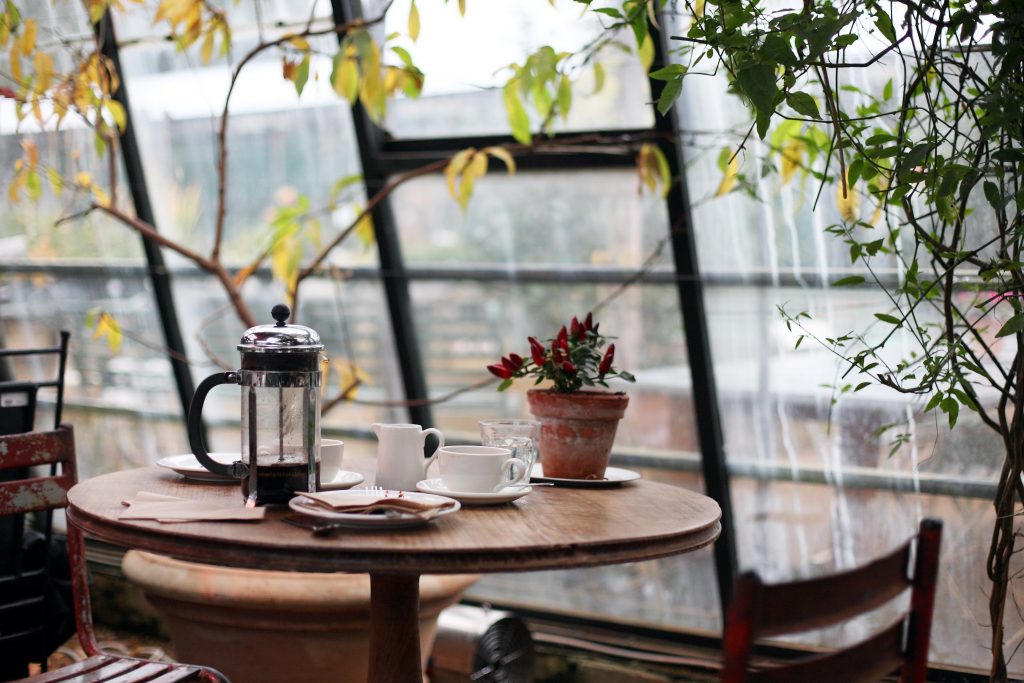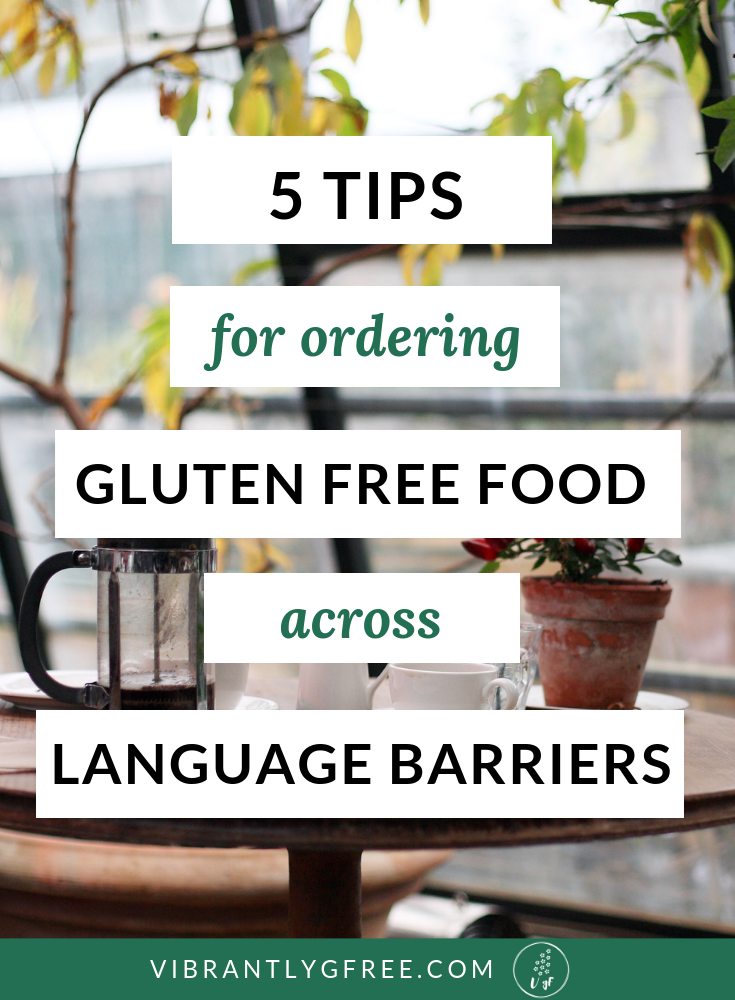[social_warfare buttons="Pinterest,Twitter,Facebook"]
You packed your bags, printed your food allergy translation cards, and whisked yourself away to an exotic location. Upon arriving, you go to a well-recommended local eatery and survey the menu. Nothing is obviously gluten-free, but since you’re in the tourist sector, you assume your server can speak your language. As you begin explaining your gluten-free restrictions, you realize that their knowledge of your language is more limited than you expected! You fish out your allergy translation card, and find there is still confusion.
Has this happened to you? Or perhaps you simply forgot to bring your card, or you proudly showed up with a French translation card before realizing you’re in a German-speaking region of Switzerland! If you’re traveling to Africa, this is a common experience, since there are so many languages spoken in a single country and region.
The important thing here is not to panic (I know it’s hard, trust me, I’ve been there). This happens to the best of us, especially when traveling to new foreign environments.
These 5 simple tips will help you cross that language barrier safely and successfully:
1. Stick to whole foods and be wary of compound items.
Think baked potatoes, rice, meats (steak is often a safe and widely available option), fruits, steamed or roasted vegetables. When eating away from home, I am always wary of sausages, quiches, casseroles, curries, and anything else that combines multiple food groups in one. It’s easy to add a dash of Worcestershire sauce, a bit of flour as a thickening agent, or a malted grain product for flavor. Especially when language barriers are part of the equation, I recommend avoiding anything but pure, whole food ingredients.
2. Ask for everything plain and without sauce.
The word “plain” is often known and understood by English language learners. I also explain what "plain" means, just in case: no sauces, spices, gravies, dressings, etc. I say that oil is ok and that is it. While each of these terms may not be clear to someone with limited knowledge of your language, listing several will help them to identify the types of food items you are describing.
3. List what you can eat in addition to what you can’t.
On several occasions, upon explaining celiac disease and gluten-free, I had restaurants and bed and breakfasts ask me to bring/make my own food because there were a lot of things I couldn’t eat. However, by explaining that plain meats, plain potatoes, plain rice, plain vegetables, oils, and fruits were all ok, they excitedly got to work and made me delicious and safe dishes.
4. If you’re unsure, don’t risk it.
Especially when you’re experiencing language barriers, it is better to rely on snacks you brought along with you rather than risk an unsafe dish. While missing out on a meal for snack bars, nuts, and fruits is not ideal, remind yourself that communicating health issues across language barriers while feeling unwell would be more challenging.
5. Be grateful.
This is one of the most important items on this list. While it is important to be clear and consistent in what you need, be sure to show gratitude throughout the process. Show gratitude that your hosts are taking the time to listen, to engage in the conversation, and eventually to serve you. Tipping well, verbal thanks, and writing positive reviews are also excellent ways to offer gratitude.
Some of my most memorable and positive cultural interactions have occurred while negotiating dietary restrictions across language barriers. As long as you stay positive, patient, and grateful, you’ll find that this situation can be a fun way to share a cultural experience with your host.
When have you ordered food across language barriers? How did it go? Do you have any tips for the community? Share your experience in the comments below!
With love and gratitude, ❤️Jamie




Leave a Reply